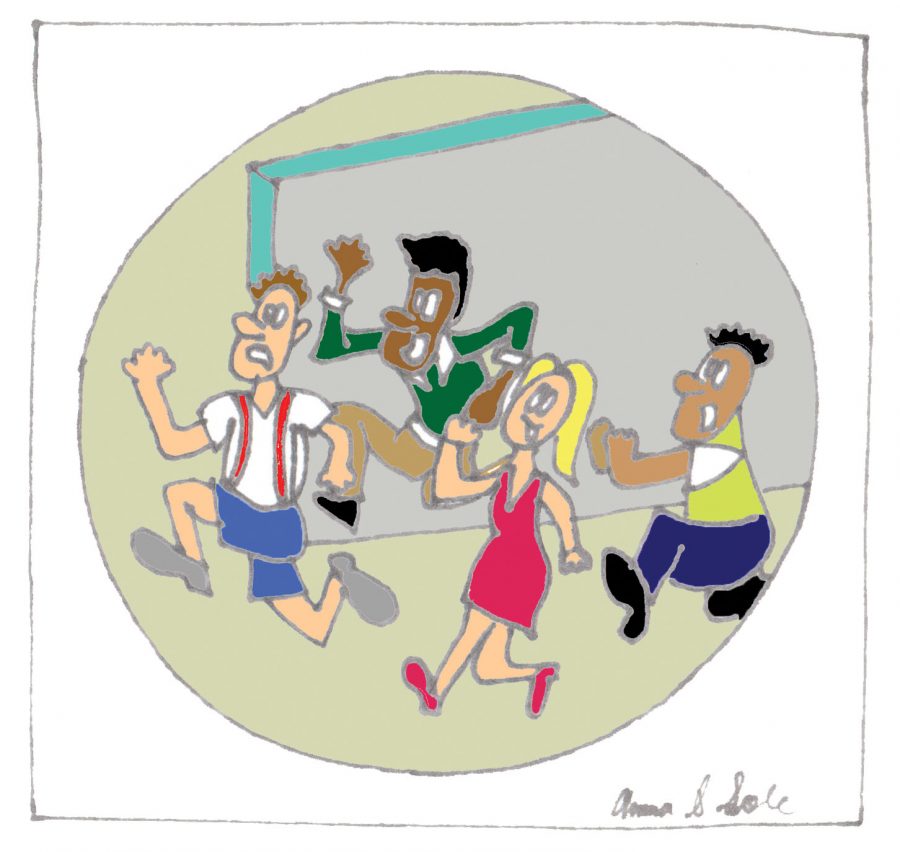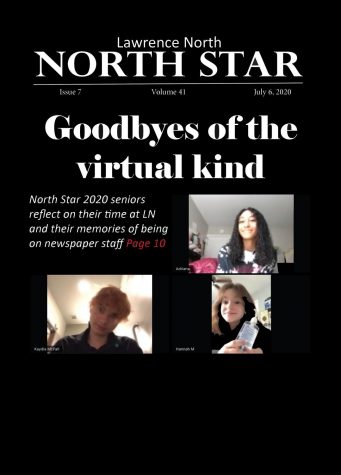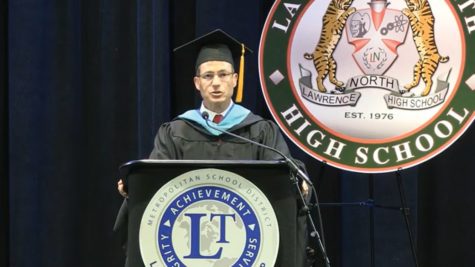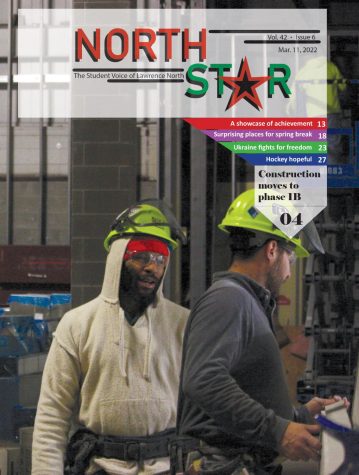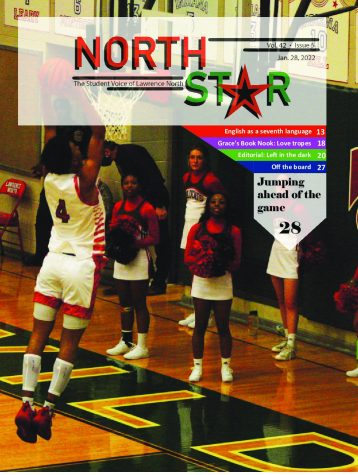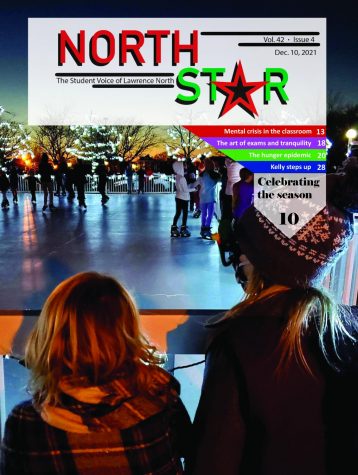Eliminating three minutes
With the start of the new school year, the passing periods going from 10 minutes to seven minutes long was a shock to all of the returning students. Many found it hard to get to class on time with three minutes less, and hallways as crowded as ever. Others find themselves not able to talk to a teacher or go to the bathroom in between classes. Some say that those three minutes helped with their productivity, relaxation, and stress.
This school year, most students feel like they don’t have time to do simple things in between classes, like go to the bathroom, talk to a teacher, meet a friend that you don’t have any classes with, or go refill your water bottle. Especially if you are going across the building, just getting to class may take up all seven minutes, and not allow you to do any of those simple things that we used to enjoy. With shorter passing periods and the 30-30 rule, students could end up not being able to go to the bathroom for an hour, if they have a long commute in between classes. Students may also have to end up losing class time when they go to the bathroom during class instead of in between classes.
As many may have noticed, there are certain parts of the school that seem way more crowded than they were last year. In particular, areas that are on the way to a lot of classes, like in front of the lunchroom, stairs, the commons, and other places that are popular to walk by. When students do go through those areas, they end up either walking very slowly and sometimes walking the pace is so slow that they end up having to stand still for a moment or two. This can take even more time out of your day as walkers may spend as much as a minute or two to walk 90 feet. Others find themselves taking another longer way, which adds walking time that they would not have had last year. Crowded hallways can make a seven-minute passing period feel like even less.
For the hundreds of students that take a shuttle to and from Mckenzie or LC, the shortened passing periods have caused some issues for them. Many students arrive late every to class every day, missing very valuable learning time. Missing the first few minutes of class every day can set you behind everyone else. It may seem like not much really happens at the beginning of class, but that is when bell work, homework review, key instructions, and more can happen. Not being there for the beginning of class is impeding hundreds of student’s learning, and could harm their grades in the future. This is just one more way that the administration choosing to shorten the passing periods has impacted students negatively.
However, with the newly introduced seven minute passing periods, there are some benefits to take into consideration. The administration at Lawrence North believed that 10 minutes was too much time, and that those extra minutes could be used more effectively, and solve a few problems at our school.
With seven minute passing periods instead of 10 minutes, each class gets three extra minutes of class time. This extra time allows more learning time, along with more time for students to complete an assignment or for a teacher to give instructions. Most would agree that the trade off for extra class time, instead of time not needed to get places is a good idea. While some argue that students might need that extra time to relax and be able to focus, three extra minutes to complete all of the work in class could potentially be even more helpful.
Ten minutes was far too much time to get to class. Most of the time students only need a couple minutes to walk to class, and even if you are going all the way to the other side of the school, students can probably still get there in around five minutes. With the unneeded minutes used to get to class, students would be unproductive and do things that they should not be doing. Those extra minutes used to get to class can be better spent as class time, as students really don’t need them anyway. With shorter passing periods there have been fewer fights, which was probably one of the reasons administration made the decision they did. Students have to focus on getting to class, and have less time to do other things.
Besides, we could have it worse. At Fall Creek Valley they still only have four minute passing periods, and most high schools have five or seven minutes in between classes, so 10 minutes is more than most. When freshmen and other new students get here, they don’t know what to do with all of the extra time, and don’t use it effectively. Fishers and HSE high schools also has seven minutes, North Central has five minutes, and all of these schools are just as big as ours. This shows that 10 minutes is far too long to get to class.
Though there is evidence to support the notion that the shortened passing periods are beneficial to the school, there is power in opinions.
The numbers don’t lie. Student voices should be heard. The seven-minute passing periods implemented this school year have inconvenienced students’ lives and the school’s functionality as a whole. The administration should take into consideration the negative impacts of the new passing periods and decide to go change them back to what they used to be.



